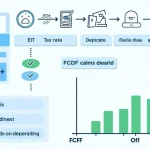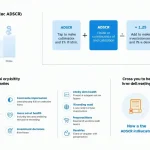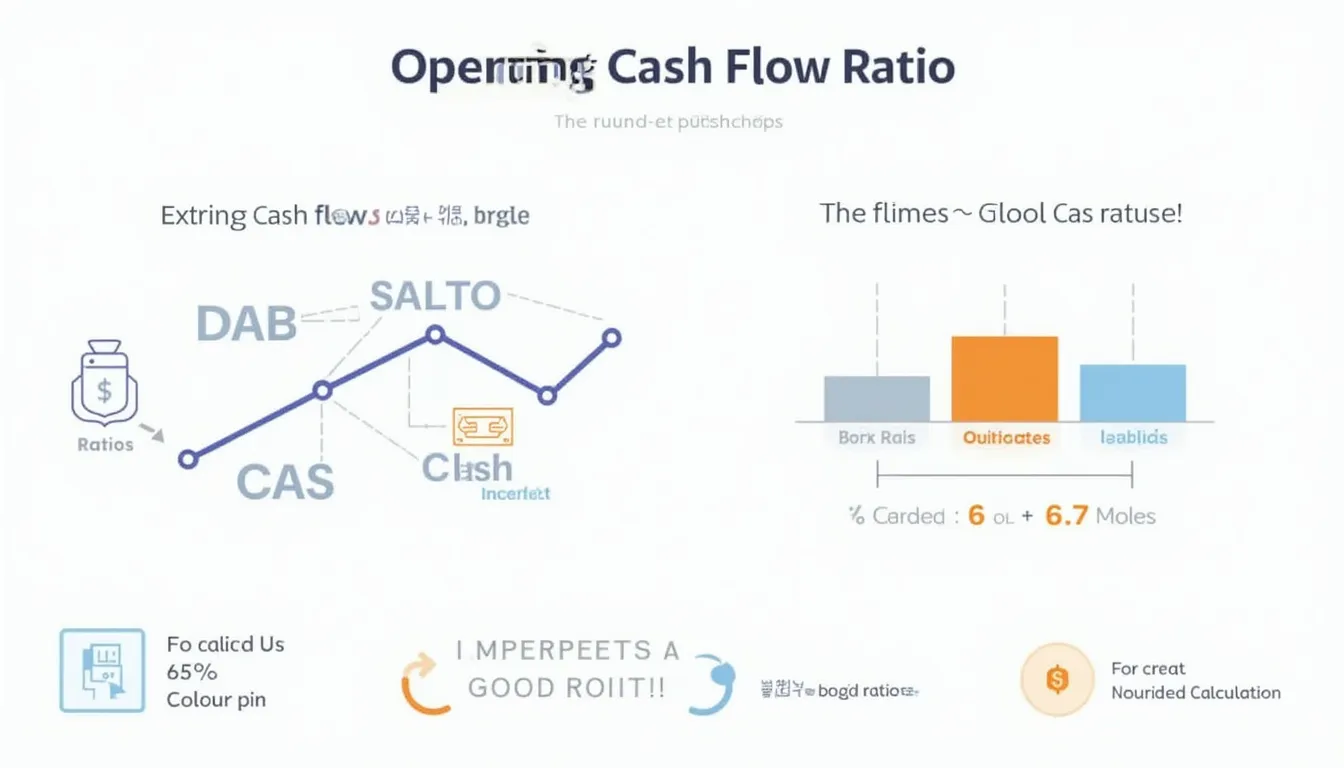Free Cash Flow to Firm (FCFF) Calculator
Is this tool helpful?
How to use the tool
- Sales (USD) – Type total revenue. Examples: 10,300,000 or 6,750,000.
- Operating Cost (USD) – Add all operating expenses. Examples: 6,200,000 or 3,980,000.
- Depreciation (USD) – Enter non-cash depreciation. Examples: 550,000 or 320,000.
- Interest (USD) – Input interest paid on debt. Examples: 180,000 or 95,000.
- Tax Rate (%) – Provide effective rate (0-100). Examples: 25 or 18.5.
- Fixed Capital Investment (USD) – Record new plant/equipment spend. Examples: 900,000 or 425,000.
- Working Capital Investment (USD) – Enter net change in current assets − current liabilities. Examples: 310,000 or 145,000.
- Press “Calculate” to view EBITDA, EBIT, Net Income, and FCFF instantly.
Formulas used
EBITDA = Sales − Operating Cost
EBIT = EBITDA − Depreciation
EBT = EBIT − Interest
Net Income (EAT) = EBT × (1 − Tax Rate)
$$ FCFF = EBIT \times (1 – Tax\,Rate) + Depreciation – Fixed\,Capital\,Investment – Working\,Capital\,Investment $$
Worked example
- Sales = $10,300,000
- Operating Cost = $6,200,000
- Depreciation = $550,000
- Interest = $180,000
- Tax Rate = 25 %
- Fixed Capital Investment = $900,000
- Working Capital Investment = $310,000
EBITDA = 10,300,000 − 6,200,000 = 4,100,000
EBIT = 4,100,000 − 550,000 = 3,550,000
Net Income = (3,550,000 − 180,000) × 0.75 = 2,527,500
$$
FCFF = 3,550,000 \times 0.75 + 550,000 – 900,000 – 310,000 = 2,662,500 – 1,210,000 = 1,452,500
$$
Quick-Facts
- US federal corporate rate is 21 %; average combined rate ≈ 25.8 % (Tax Foundation, 2023).
- Typical WACC for mature US companies: 8-10 % (Damodaran, 2023).
- Median depreciation equals 4.1 % of sales in manufacturing (US Census ASM, 2022).
- Net working-capital needs average 2-3 % of revenue across S&P 500 (PwC Working Capital Report, 2023).
- Median FCFF margin in S&P 500 reached 6.3 % in 2022 (S&P Global, 2023).
Frequently asked questions
What is Free Cash Flow to Firm?
FCFF is the cash left for both debt and equity holders after operations, taxes, and reinvestment (Investopedia, 2023).
Why subtract absolute working-capital investment?
Using the absolute value removes sign confusion, ensuring FCFF declines when more cash is tied up in operations (CFA Institute, 2020).
How do I interpret a negative FCFF?
Negative FCFF signals operations or heavy investment consume cash; lenders may question liquidity (Moody’s Analytics, 2022).
Does FCFF include interest expense?
No. FCFF neutralizes financing choices by adding back interest through EBIT and taxing at operating rate (Damodaran, 2023).
Which discount rate matches FCFF?
You discount FCFF with the weighted average cost of capital (WACC) because it reflects all capital providers (McKinsey & Company, 2020).
How often should I update inputs?
Quarterly updates align with public reporting and track shifts in cash generation (SEC Form 10-Q Guidelines).
Can different tax jurisdictions affect FCFF?
Yes; apply the firm’s blended effective rate to capture cross-border operations accurately (OECD Corporate Tax Statistics, 2022).
What size companies benefit most from FCFF analysis?
Any size, yet valuations of capital-intensive mid-caps gain clarity because FCFF adjusts for heavy reinvestment (Grant Thornton, 2021).
Important Disclaimer
The calculations, results, and content provided by our tools are not guaranteed to be accurate, complete, or reliable. Users are responsible for verifying and interpreting the results. Our content and tools may contain errors, biases, or inconsistencies. Do not enter personal data, sensitive information, or personally identifiable information in our web forms or tools. Such data entry violates our terms of service and may result in unauthorized disclosure to third parties. We reserve the right to save inputs and outputs from our tools for the purposes of error debugging, bias identification, and performance improvement. External companies providing AI models used in our tools may also save and process data in accordance with their own policies. By using our tools, you consent to this data collection and processing. We reserve the right to limit the usage of our tools based on current usability factors.







